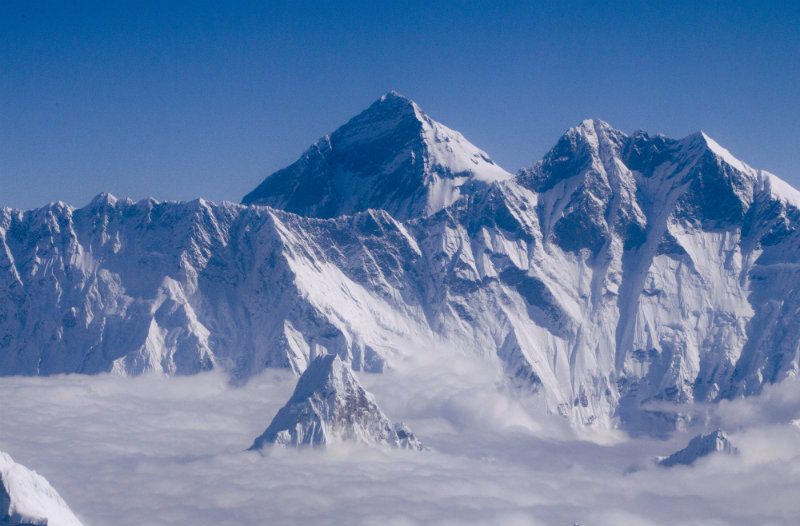SUMMARY
This is AI generated summarization, which may have errors. For context, always refer to the full article.

KATHMANDU, Nepal – Nepal is considering banning severely disabled climbers and those deemed too old from Everest and other mountains in an attempt to improve safety on its peaks, an official said Monday, September 26.
The government is also mulling issuing permits only to Everest climbers who first scale another mountain above 6,500 metres to prove they can handle the world’s highest peak, said tourism department chief Govinda Karki.
The proposals come 5 months after an avalanche triggered by a massive earthquake killed 18 people at Everest base camp.
The April disaster saw hundreds of climbers abandon their bids to ascend the 8,848-metre (29,029-foot) mountain, marking a second spring season with virtually no one reaching the summit.
An avalanche the year before killed 16 guides and triggered global debate about the huge risks borne by Nepalis who fix ropes and repair ladders to help climbers with varying levels of experience.
“We don’t think we should issue permits to people who cannot see or walk or who don’t have arms,” Karki told Agence France-Presse (AFP).
“Climbing Everest is not a joke…it is not a matter of discrimination, how can you climb without legs? Someone will have to carry you up,” he said.
“We want to make the mountains safer for everyone, so we have to insist on some rules.”
But the proposals are likely to spark concerns about discrimination including on Everest, which has in recent years drawn multitudes of climbers wanting to overcome their disabilities and achieve the formidable feat.
New Zealander Mark Inglis, who lost both his legs to frostbite, became the first double amputee to reach the top of Everest in 2006.
Blind American Erik Weihenmayer scaled the peak in May 2001 and seven years later, became the only visually-impaired person to summit the highest mountains on all seven continents.
“We are considering changes to our permit policy, including a new requirement that anyone who wants to climb Everest should first climb another mountain with a height of at least 6,500 metres,” Karki said.
Officials were also keen to limit access to all of Nepal’s top Himalayan peaks to climbers aged between 18 and 75, he said.
Nepal does not grant climbing licences for Everest to anyone under 16 but has never imposed an upper age limit.
Japanese adventurer Yuichiro Miura, 82, currently holds the record for the oldest climber to summit Everest, at 80.
Mountaineering is a major revenue-earner for impoverished Nepal, home to eight of the world’s 14 peaks over 8,000 metres.
But the April 25 earthquake which killed nearly 8,900 people raised fears for the immediate future of the tourism industry. – Rappler.com
Add a comment
How does this make you feel?
There are no comments yet. Add your comment to start the conversation.